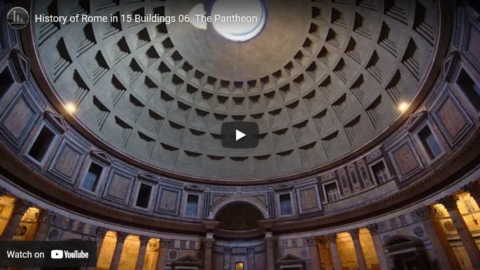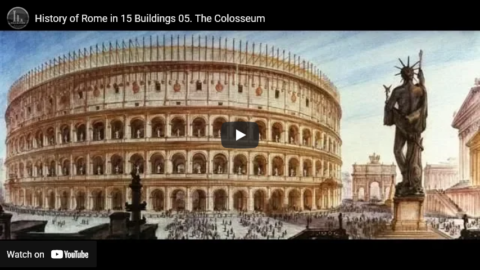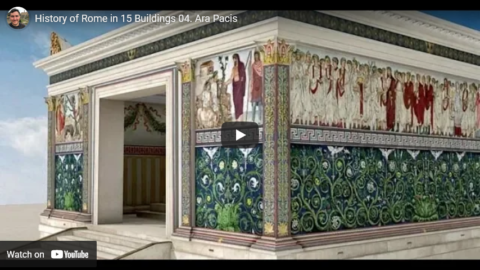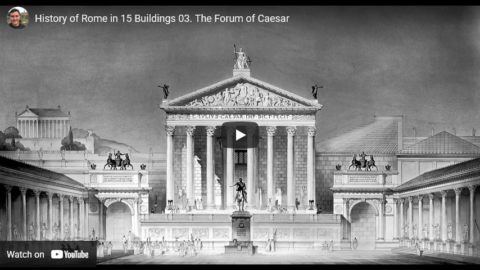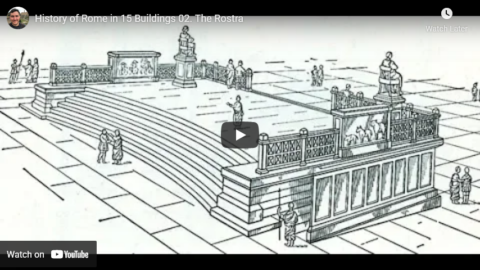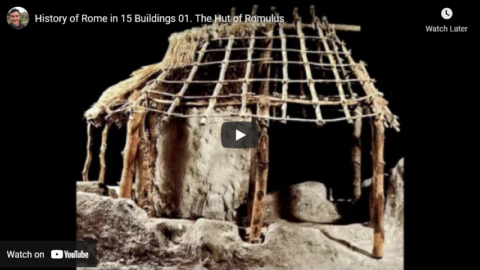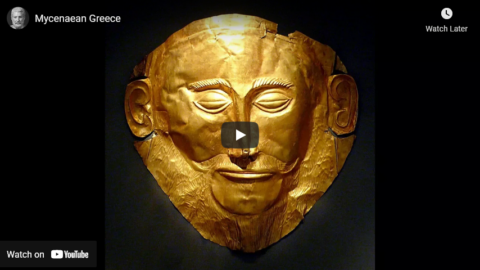In The Critic, Ptolemy Dean reviews The Layman’s Guide to Classical Architecture by Quinlan Terry:
Trained in the bleakly grey era of the late 1950’s, the classical architect Quinlan Terry has achieved a remarkable legacy. At the time he embarked on his architectural career, the profession was locked firmly in the postwar austerity of flat-roofed perfunctory modernism, with planar walls of exposed aggregate concrete or unadorned “stretcher bond” brickwork.
This was the “machine age” of mass production of buildings, and it is sometimes hard to remember how restrictive this period must once have been, as so much has happened since. To the more hard-line practitioners of those times, any suggestion of creating buildings with ornament was considered at best eccentric but more often offensive and worthy of censure.
This beautifully produced red-cloth-covered hardback book is therefore a fitting record of a lifetime’s work of studying, drawing and creating new classical buildings. Such buildings are generally defined by the application of the five classical orders of columns handed down to us by the ancient Greeks and Romans. They are beautifully illustrated and explained in this book. There have been centuries of creative re-use of these Classical orders. Italian Renaissance, Palladians, Georgians, Victorians and Edwardians across the world have all offered ever inventive, fresh, new and distinctive reinterpretations of the Classical architectural language.
But, with the arrival of the International Modern Movement, the literal application of classical architecture was dramatically reduced and it was no longer taught in mainstream schools of architecture. For almost a century, Classicism has been seen as largely irrelevant in new building design. This book sets out to explain, in layman’s terms, what each part of the classical assembly is called and how the components can be developed and composed into a harmonious building.
Quinlan Terry’s classical buildings, which are illustrated in elegantly drawn elevations and crisp black and white photographs, illustrate that the selection and interpretation of the language of classicism is a highly personalised choice. Quinlan’s first employer, from 1962, had been Raymond Erith, to whom this book is dedicated. Erith was a gentle practitioner based in rural Essex who weathered the worst of the postwar austerity until his death in 1973.
After that time, and in part due to Erith and Terry’s joint achievement, the climate for making traditionalist buildings steadily improved, and the occasional country house commissions multiplied and expanded into full scale classical country houses on a substantial scale both here and in the United States.


